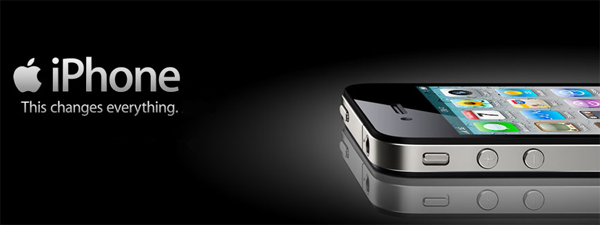In 2015, iPhone generated 92% of the profits made by mobile-phone manufacturers in the world (Alstyne, Parker & Choudary, 2016). Since 2007, the year that Apple’s iPhone came out, the company has been able to dominate the industry. At that time, other mobile-phone manufacturers, like Nokia, Samsung and LG, did have strategic advantages, customer loyalty and economies of scale (Alstyne, Parker & Choudary, 2016). So what enabled Apple to gain such a vast amount of market share?
According to Rogowsky (A decade of iPhone, 2017) Apple did something critical. They were able to disrupt the market by differentiating their product by creating a small computer. Since components got massively cheaper, specs of the iPhone became better and better. And even now, with every iPhone update, new and innovative technologies are implemented, usually not used before by Apple’s competitors (A decade of iPhone, 2017). Through differentiation, making the product unique and attractive to consumers, Apple has generated brand loyalty which enables them to ask a premium price for their product (Nielson, 2014).
Another way that Apple was able to gain market share when they brought the iPhone to the market was the way that they leveraged the power of platforms. Instead of a pipeline business model, Apple made use of the platform strategy. It saw the iPhone as a way to connect participants in two-sided markets in order to serve both ends of the spectrum. With more participants on each side of the platform, the value grows. The App Store is a prime example, since developers want to develop their apps for the iPhone because of the large amount of users and iPhone users appreciate the large amount of different apps that the App Store offers (Alstyne, Parker & Choudary, 2016).
By understanding the value of the network effect in their platform strategy and keeping their products differentiated and innovative, Apple has been able to keep their market share above 80% of all industry’s smartphone profits in the last three years (Jones, 2017). But these are just two factors that could have played a role. What other factors do you think have helped create Apple’s success?
References:
Nielson, S. (2014). Apple’s premium pricing strategy and product differentiation. Market Realist. Retrieved from: http://marketrealist.com/2014/02/apples-premium-pricing-strategy-product-differentiation/
Jones, C. (2017). How Important Is Apple’s iPhone Market Share? Forbes. Retrieved from: https://www.forbes.com/sites/chuckjones/2017/05/29/how-important-is-apples-iphone-market-share/#2448c7719ca4
Rogowsky, M. (2017). A decade of iPhone: The Smartphone Disrupted Everything But Still Has Work To Do. Retrieved from: https://www.forbes.com/sites/markrogowsky/2017/01/09/iphone-at-10-the-smartphone-disrupted-everything-but-still-some-has-jobs-to-be-done/#5541d863ed59
Van Alstyne, M. W., Parker, G. G., & Choudary, S. P. (2016). Pipelines, platforms, and the new rules of strategy. Harvard Business Review 94(4) 54-62



